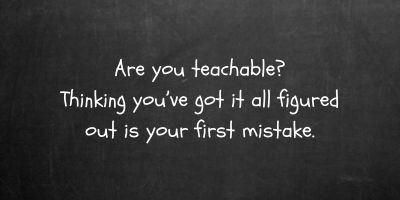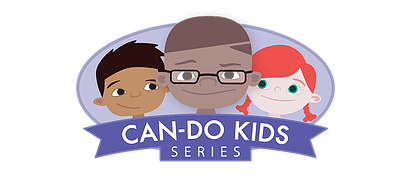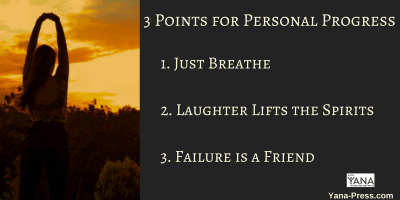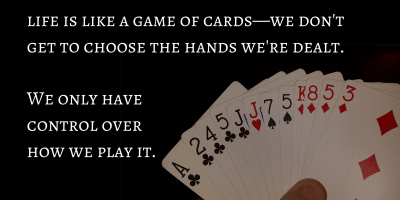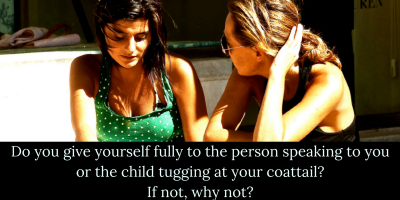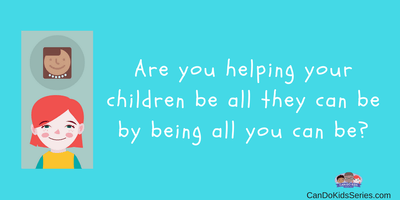The Two to One Ratio
- By kaylajwmarnach
- •
- 31 May, 2017
- •

Too often, I give unsolicited advice. Someone starts sharing something with me, and I have to “add my two cents.” My goal to tell what my experience was in a similar situation, or advice on how the person could have handled it differently becomes more important than listening to what was being shared. I wait for a pause in the story so that I can talk. I “hear” but I’m not “listening.” And worst of all, sometimes I try to “fix it” when all my friend needs is to work out the problem out loud. Now, I try to control what and how much I say. I have TWO ears and ONE mouth! My goal is to ask questions using the journalistic who, what, where, when, why, and how method. By drawing their experience out, by showing true interest in the person and the situation, it deepens my understanding of what is truly needed of me. Can you relate? What do you think you’ll do differently next time someone needs to bend your ear?
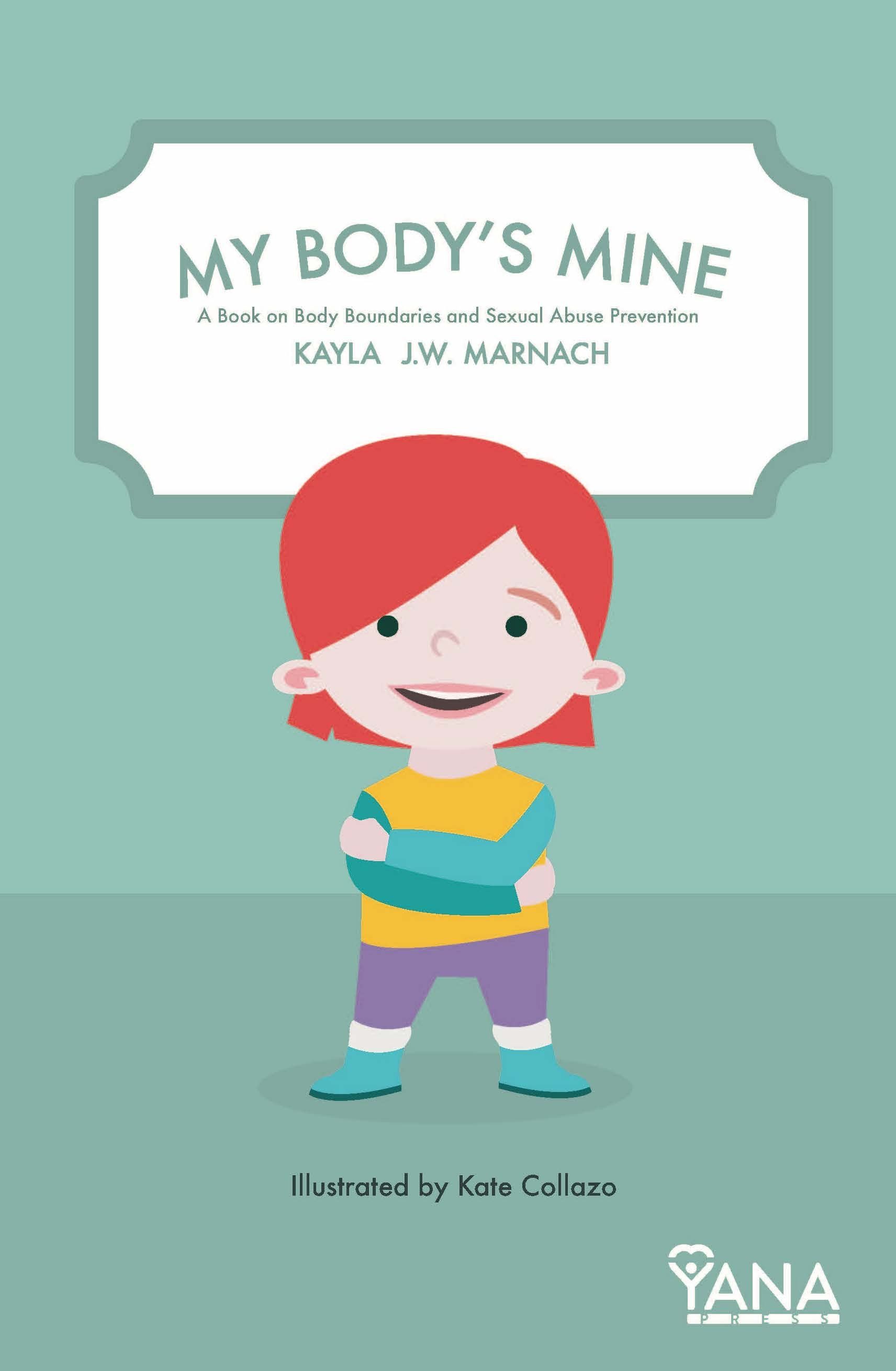
Because abuse has no boundaries, nothing is more important than protecting our children. As many as 93% of the victims under the age of 18 know the abuser. Because there is no “typical” abuser, it can happen to any child in any circumstance at any time. It happens to children of the elite and well-educated, as well as the latch-key kids of struggling parents. It can happen at daycare, a friend’s home, or even under our own roof. It occurs in the exclusive neighborhoods, as well as in middle-class areas, and poverty districts. If you think it doesn’t happen in your area, then you are leaving your child vulnerable to become the next victim.
Yet, even when we do what we believe is right, our child can still be abused either mentally, physically , or emotionally. Sometimes we fail, not because we didn’t try, but because we didn’t know any better, are uninformed, or choose to avoid the topic because it’s not easy to talk about. We don’t know how to make the discussion of body boundaries a part of our daily conversation or how to take advantage of teachable moments.
That naivety and avoidance must stop…today.
As parents and caregivers, it is our responsibility—one we must never shirk—to educate ourselves on how to communicate with our children about body boundaries and what to do if abuse is threatened or occurs. When abuse is discovered, we must not shut down in shame, fear, or anger. We can’t go back and undo the event, so we must learn and move forward with greater awareness and armed with tools to prevent reoccurrence. We must be willing to provide whatever our child requires to equip them to understand, accept, and learn they are not to blame for what happened.
Today is the day to make a difference in your child’s life or a child in your care. By your commitment to protect, educate, and empower each child, you are providing a priceless treasure.
Sign up and receive a free 5-Point Plan to talk to your child about body boundaries.

